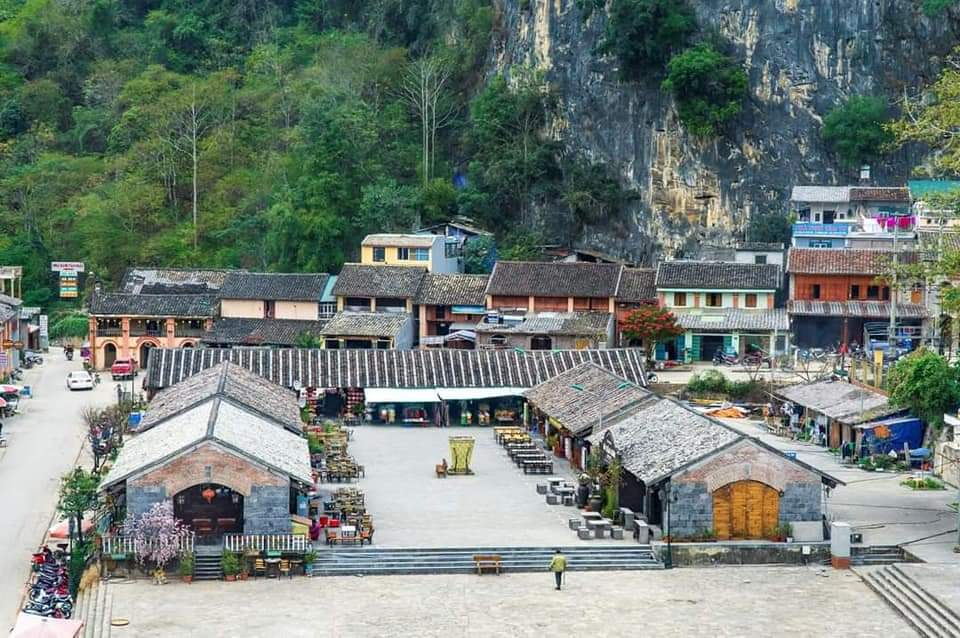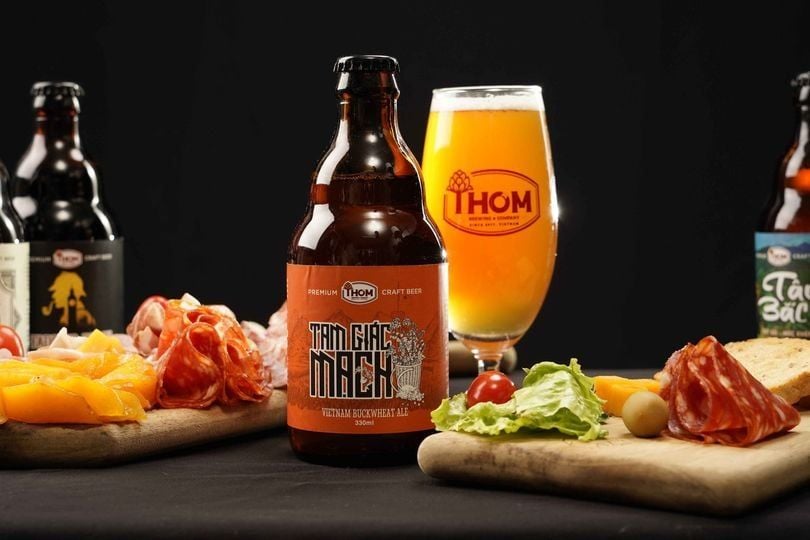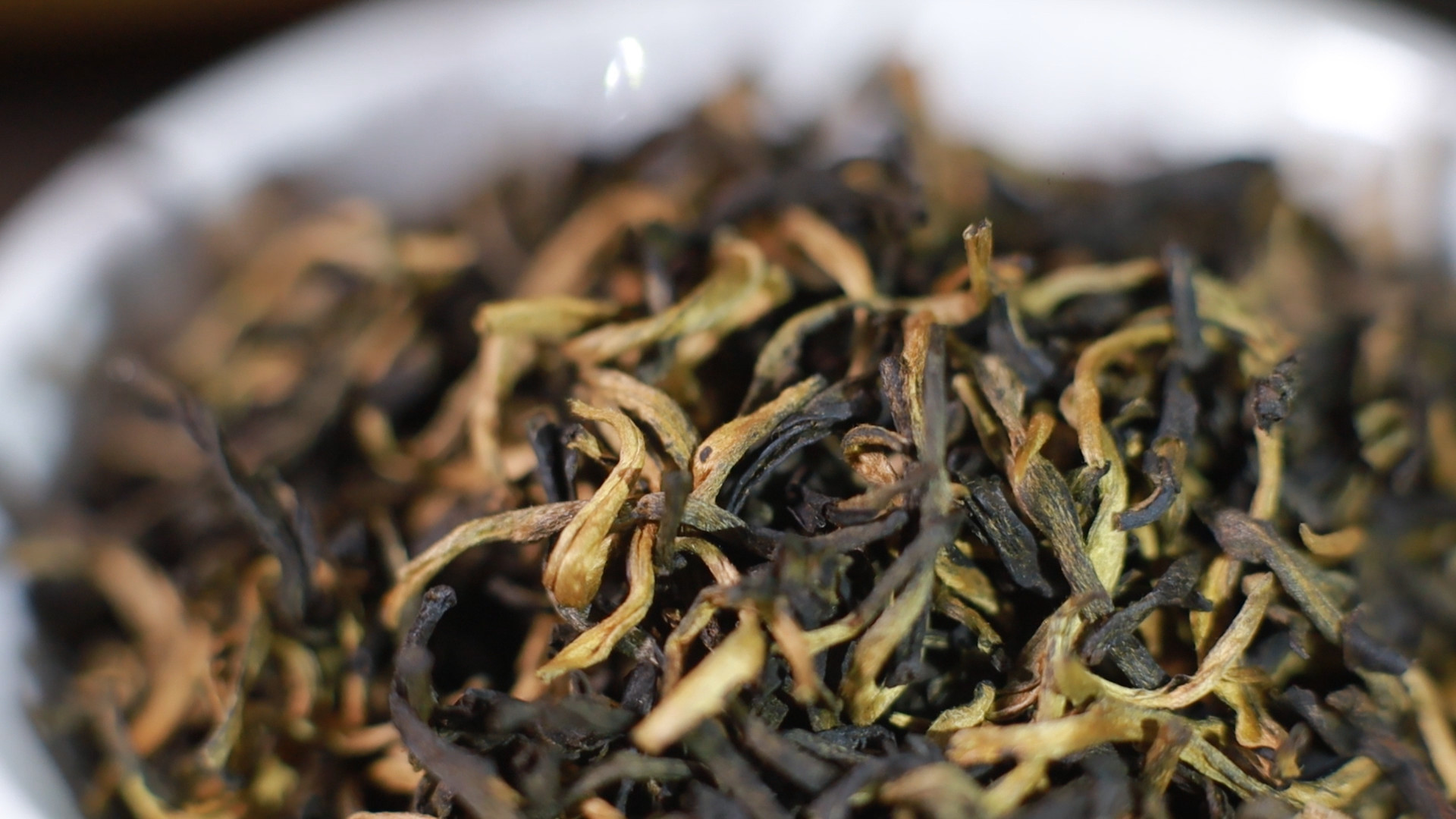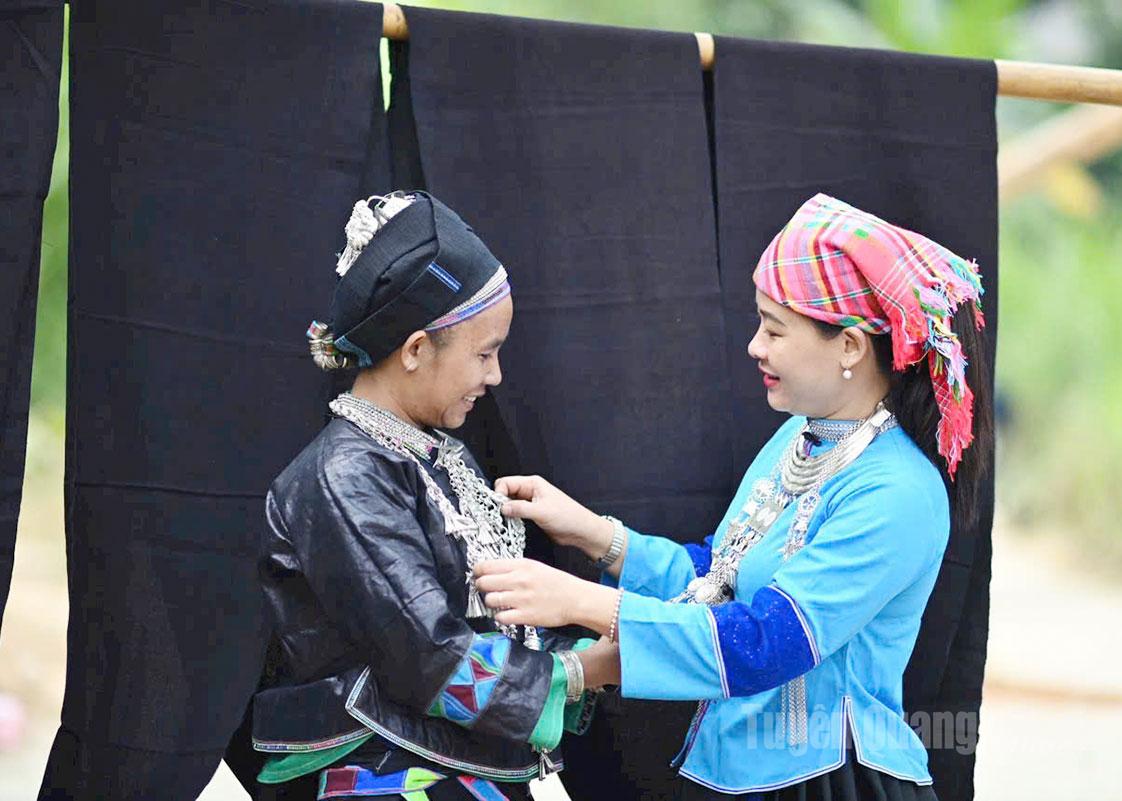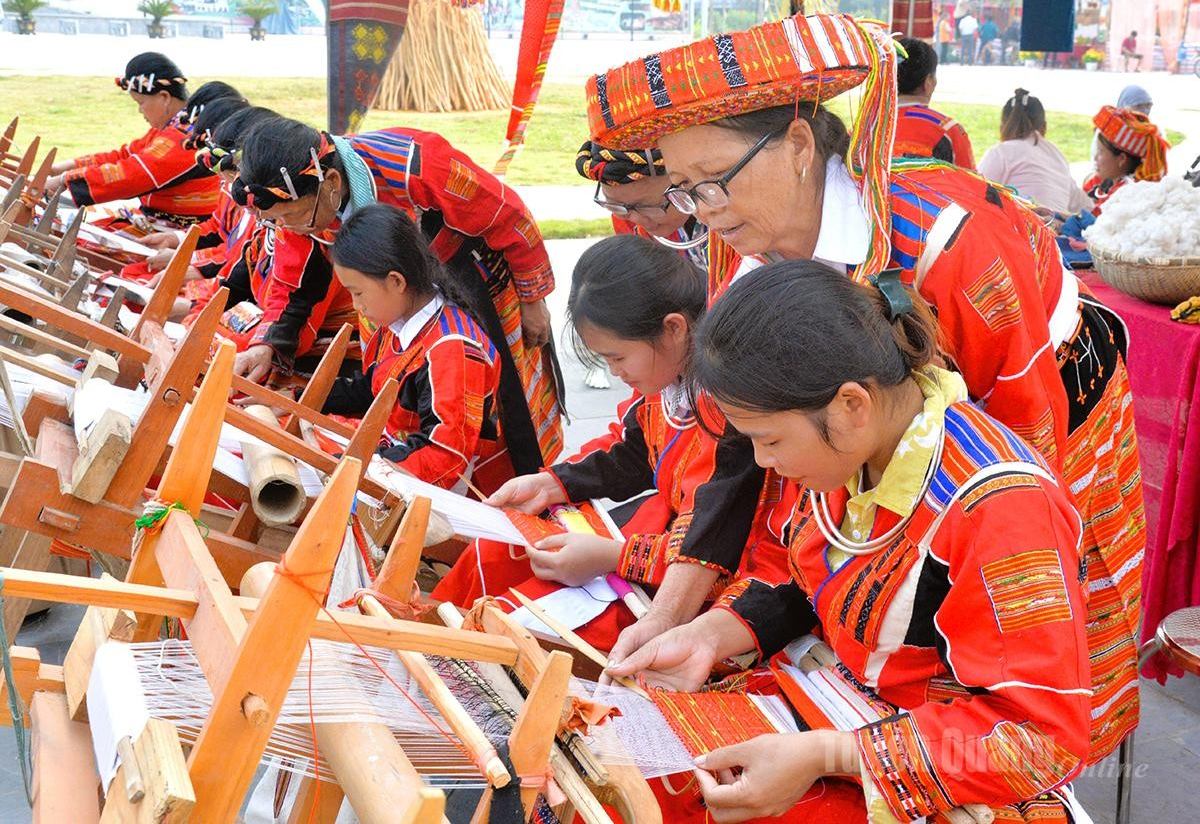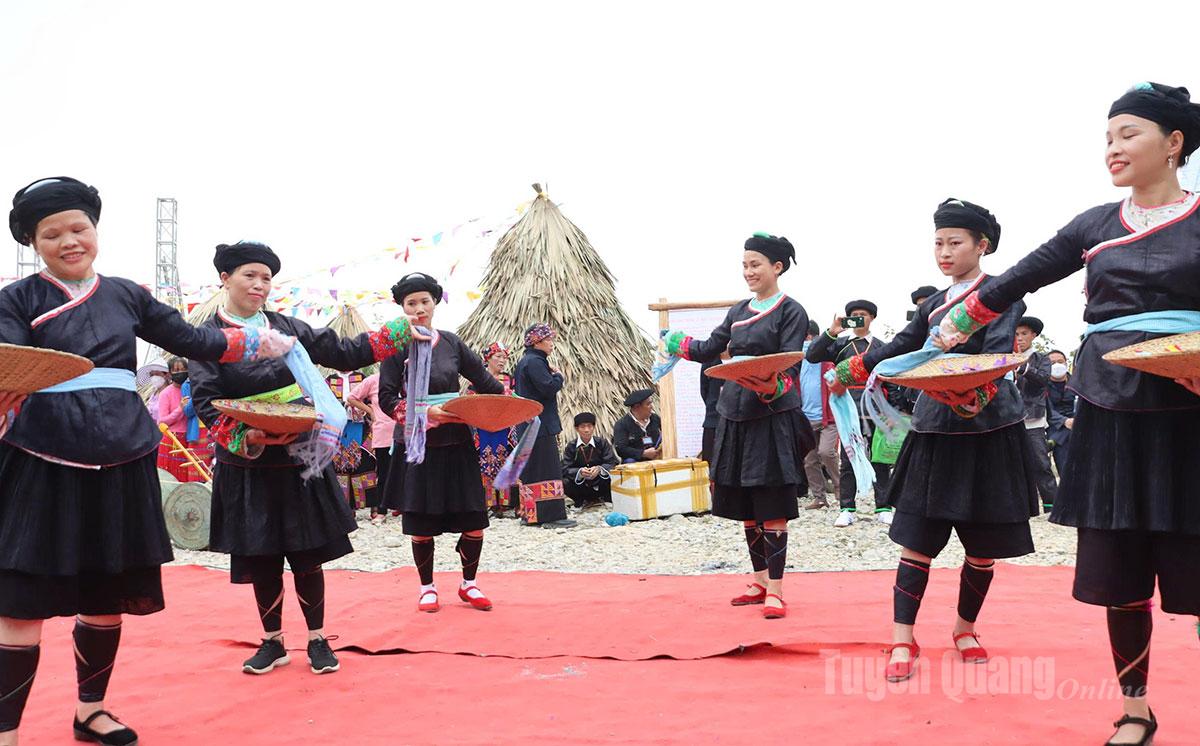
A Phu La woman in traditional costume
Threads of Memory and Color
At the heart of Phu La culture is their stunning traditional attire. For the Phu La women, clothing is not merely a garment; it is a "fabric epic"—a visual chronicle of their history, values, and environment. Each piece, a painstaking work of art, is made from indigo or black cloth, brilliantly embroidered with intricate appliqué in bold reds, whites, yellows, and blues.
These hand-stitched motifs—stylized flowers, birds, and geometric patterns—are more than decoration. They tell stories of the land, of harvests, and of memories passed down through generations. Creating a single complete outfit can take a woman months, even up to a year, with every step from spinning and dyeing to cutting and embroidering done by hand. This devotion transforms each garment into a treasury of cultural memory, a living piece of art that reflects the soul of the Phu La people. As elder Chang Van Pao of the Pu Peo community observed, the Phu La’s bold use of red and black makes their clothing "like flames in the forest."
The Symphony of Festivals
If their clothing is a "map of memory," the Phu La festivals are the vibrant "symphonies" that bring it to life. The most celebrated among them are the Si Di (Seventh Month Festival) and Xa Xi Mi (New Rice Festival), joyous occasions to give thanks for the harvest. During these festivals, the villages are transformed into a whirlwind of color and sound. Young women, adorned in their finest attire and intricate silver jewelry, join young men carrying flutes and drums.
The air fills with the sounds of traditional khen flutes, the rhythmic beat of drums, and the cheers of games. The aromas of traditional dishes like buffalo jerky and steamed corn cakes drift from kitchens, while in the village square, circles of dancers whirl in brilliant red, creating a breathtaking spectacle. For visitors, this experience is a journey back in time. As one tourist from Hanoi, Nguyen Thi Mai Huong, shared, "Their costumes are so vivid, each person seems to carry a piece of the sky. It's not only beautiful—it feels warm and welcoming."

Phu La women in a tailor training course
Weaving the Future
Today, amidst the rise of mass-produced goods, the preservation of this unique craft has become paramount. Localities in Tuyen Quang are actively working to keep these traditions alive. They have organized vocational classes for young women, not only to preserve the skills of embroidery and tailoring but also to provide an additional source of income for families. Elder artisans are also celebrated and invited to cultural events to demonstrate their techniques, instilling a sense of pride and a desire to continue the legacy in the younger generation.
As Do Thi Huong, a native of the Phu La community and Party Secretary of Pa Vay Su commune, explains, "For us, each traditional costume is not just festival clothing but part of our people's soul. We hope our community continues to wear them at festivals, weddings, and Tet, so these patterns will not fade with time."
Visiting the Phu La villages is more than just a trip; it's an immersive experience into a culture that continues to thrive and evolve. The red, yellow, and white colors that blaze in the sunlight, the echo of flutes and drums in the mountains—these are the sights and sounds of a living heritage. They are the colors of pride, of memory, and of a people who have kept their culture alive and vibrant in the heart of Vietnam's northern frontier.
Nguyen Thanh Hieu
Based on a Vietnamese article on: tuyenquangonline

